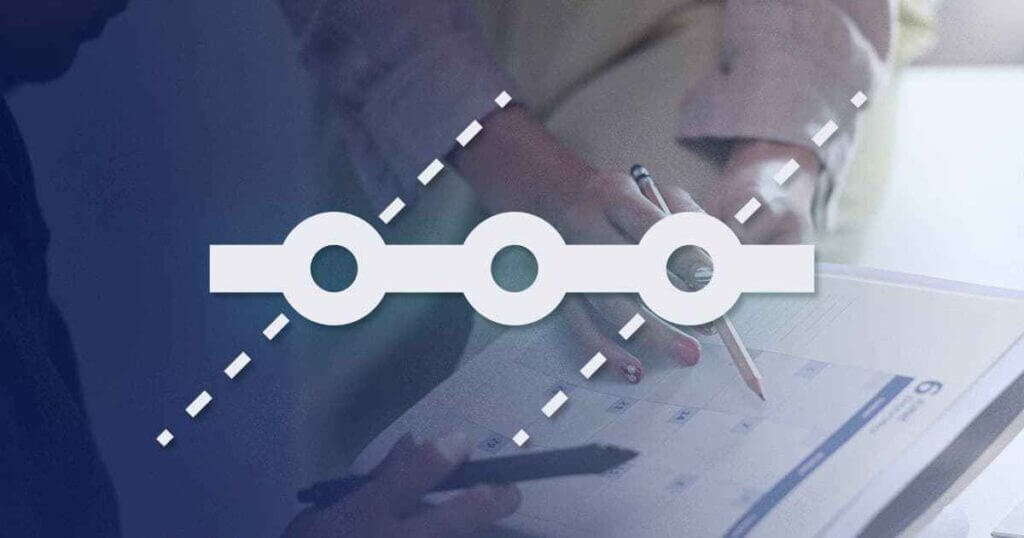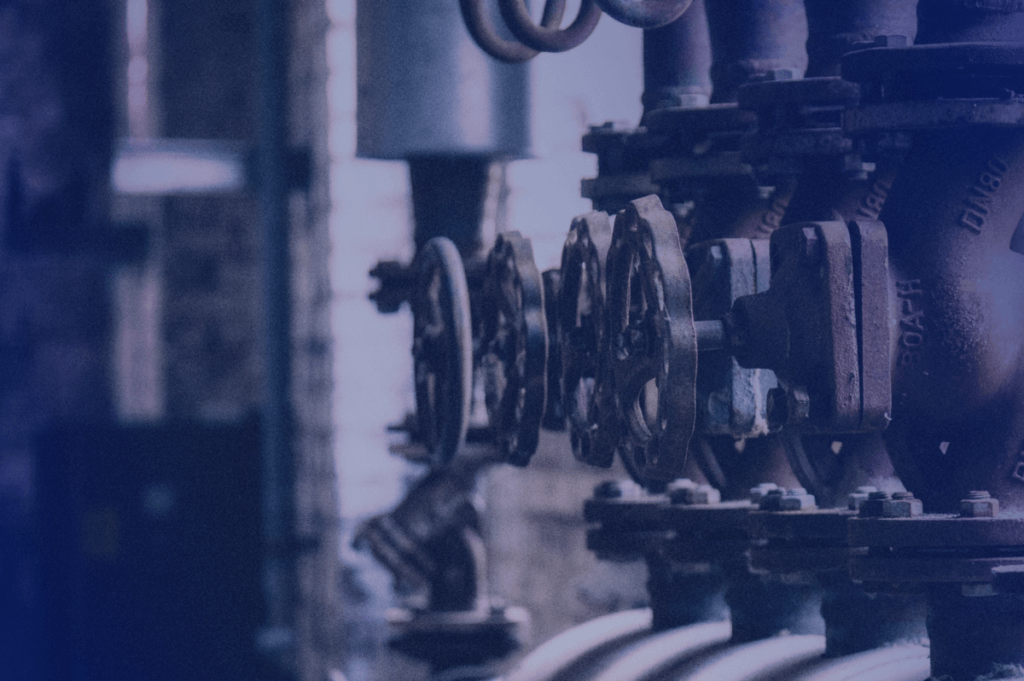STEP 1: CLIENT DIAGNOSIS
Aim: to understand both the company and its technical environment in order to determine the current functionality of your ERP system Phase 1: Diagnosis interview: a general interview during which you can tell us about your specific business needs and motivations Phase 2: Client questionnaire: at this point, we collect all data that will serve as a basis for upgrade assessment. We ask precisely about business processes, their quantity, scope, areas for improvement and efficiency. Phase 3: Upgrade diagnosis: at the final stage, we outline the scope and duration of the planned upgrade process, with particular focus on your business needs and operations. Our unique approach takes into consideration all business dependencies that need to be looked at during migration process do Dynamics 365.STEP 2: TECHNICAL AND FUNCTIONAL ASSESSMENT
Aim: to help you leverage business processes through migration to D365. This step is all about analyzing your current business needs and estimating the scope for the upgrade process which also results in initial ROI calculation. We can differentiate a couple of sub-phases here: Phase 1: Planning assessment: we carefully plan out each step throughout the migration process Phase 2: Execution assessment: we map your current business processes with D 365 capabilities. As a result, you get an upgrade summary, relevant recommendations and estimates. Phase 3: Technical assessment: we take a closer look at your current IT infrastructure and by analyzing it in detail, we match it with Dynamics 365 architecture Phase 4: Functional assessment: at this stage, it is crucial for us to understand which customized feature of your current system can be mapped onto Dynamics 365 system. You receive a detailed migration summary point after completing this step so that we make sure that any post-upgrade functionalities will be up-and-running, and the upgrade process will be as efficient as possible. Phase 5: Cost assessment and project plan: by taking into account deliverables such as upgrade cost estimation and process (project) plan, we can foresee and outline the next steps. Phase 6: Presentation of upgrade model: after agreeing on an upgrade approach and all prior assessment, we prepare and explain to you a tailored upgrade model. With your feedback, we then continue with upgrade kickoff. Phase 7: Assessment summary/ closure: we gather all findings and feedback from this step, prepare recommendations and plan for upgrade tasks execution, based precisely on the approved upgrade model (from Phase 6).STEP 3: CUSTOMIZING MIGRATION PLAN
Aim: based on all data and findings from STEP 2, we identify business areas requiring more thorough analysis and support. More detailed results help us to verify custom elements of your upgrade. Phase 1: Client-specific requirements analysis: we identify all additional needs and requirements which are likely to impact the duration of upgrade process and execution of essential activities. Phase 2: Final assessment: taking into consideration specific client requirements, we identify main factors for approaching and executing the upgrade process.STEP 4: DEFINING UPGRADE APPROACH
Based on client and system assessment as well as costs, time and resources required, we choose one of the following approaches: technical upgrade, reimplementation or hybrid upgrade.STEP 5: MIGRATION PROCESS
Data migration assessment and tailored approach allow us to execute a full upgrade with no process change or deep analysis. The full process involves the following tasks which may overlap in order to ensure a smooth and easy migration process:- Preparing the environment for data migration
- Managing, monitoring and controlling project activities
- Providing client with pre-defined deliverables
- Outlining change management strategy
- Identifying areas/ factors/ stakeholders impacted by transformation
- Establishing plans for change management in the system lifecycle
STEP 6: UPGRADE PROCESS
Depending on the approach chosen at STEP 4, you might require either a technical upgrade, reimplementation or hybrid approach for your system transformation. 1. TECHNICAL UPGRADE: the aim is to upgrade all code and data. We can distinguish four phases here:- Analysis: we analyze all custom objects and prepare solution for configuration of code customizations
- Upgrade: we perform an all-around upgrade, together with adding any new functionalities, if necessary
- Validation: we run checks to see if upgraded system meets quality requitements defined prior to the upgrade
- Go-live phase: we manage and execute all required tasks once the system is fully functional
- Define scenarios: we establish business requirements and measurable goals.
- Configure the system
- Modify: we prepare functional and technical designs for the upgraded system. At this point, we also establish a budget for their execution.
- Prototype: we define work packages, implement them and test in order to prototype target solutions
- Migrate data
- Manage reporting: we collect, analyze and plan all reporting requirements related to implementation
- Continue with go-live phase










